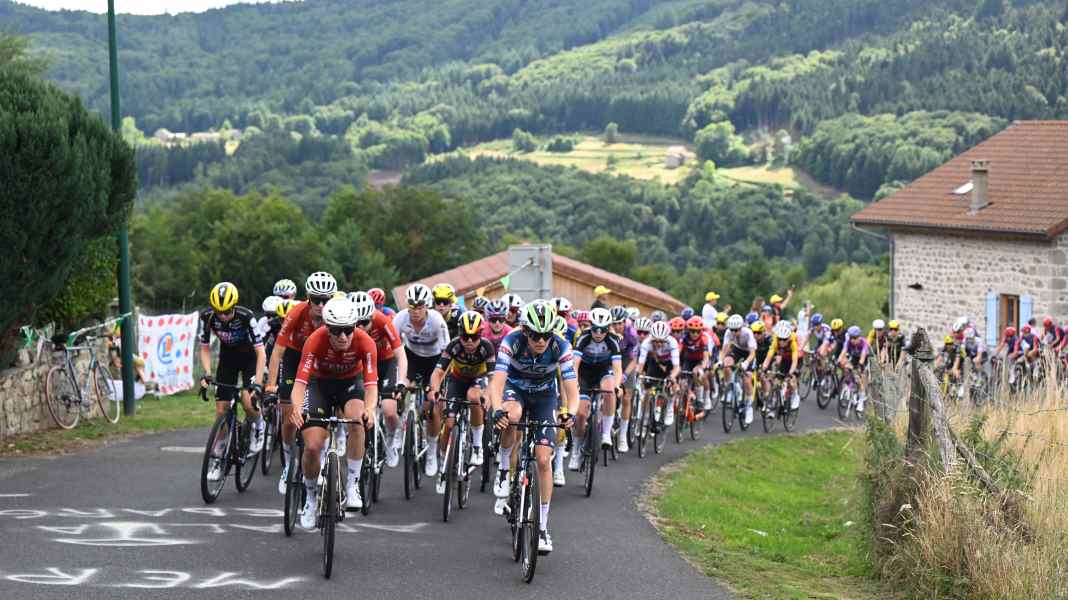
Tour de France Femmes 2025 - Stage 8: Chambéry - Saint François Longchamp (Col de la Madeleine) | 111,9 Kilometers
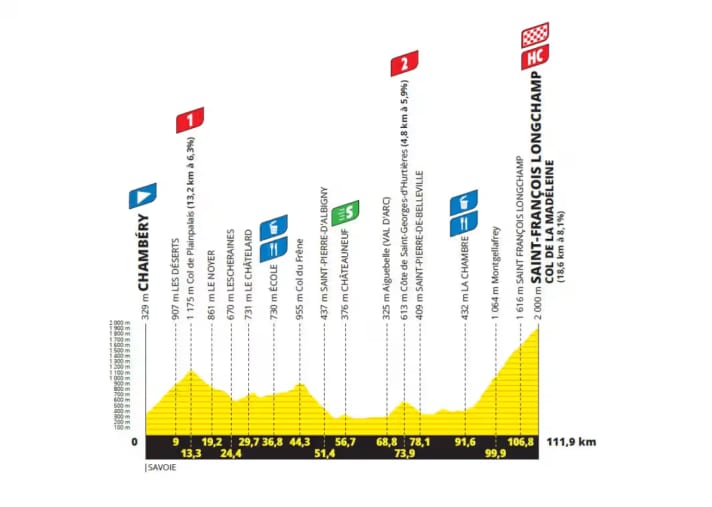
Short, steep, decisive; the eighth stage promises to shape the overall standings. Last year's winner, Kasia Niewiadoma, expects to be separated by minutes instead of seconds.
The climbing starts right after the start with the Col de Plainpalais (13.2 km, 6.3%). The field will already be split up here. The riders will warm up extensively on the rollers before the stage.
The toughest climb of the tour, the Col de la Madeleine (18.6 km, 8.1%), awaits at 91.6 km. At the end of this climb, the overall classification could look completely different to the start of the stage.
In the last briefings, the focus was always on aerodynamics and downhill performance. Will the time of the climbing bikes finally come on the eighth stage? To answer this question, we simulate the ride up the Col de Madeleine.
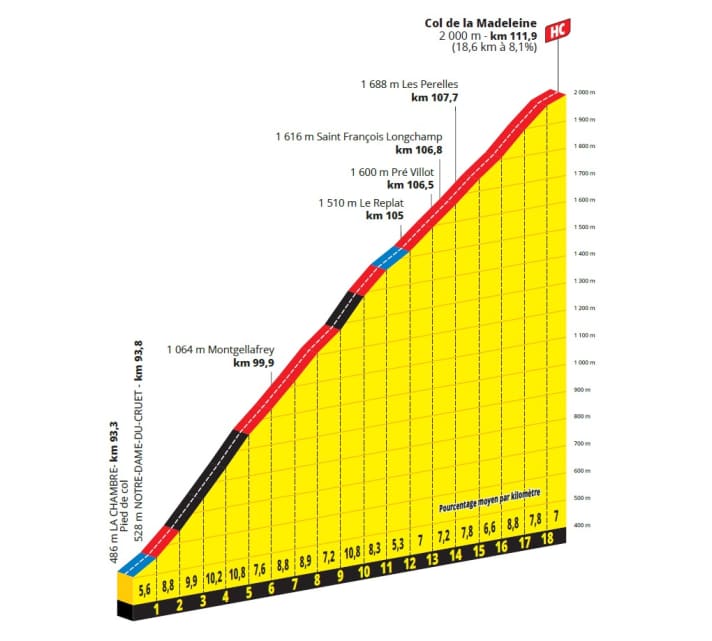
The decisive climb of the tour: 8.1 percent average gradient and over 1,500 meters of altitude difference will shake up the classification
The number of the day: 1:06 minutes
On the climb up the Col de la Madeleine, the Cervélo S5 once again comes out on top. Under the premise that the S5 is close to the minimum weight of 6.8 kilos, it is even faster uphill than the R5, which safely adheres to 6.8 kilos.
The advantage over the slowest bike on the uphill is 1:06 minutes. One kilo overweight means around 47 seconds behind the Madeleine. The lighter the rider, the greater the leverage of the material.
As everyone will be aware of the importance of weight on this stage, we can assume that the mechanics will be busy swapping and weighing parts until the bikes weigh 6.8 kilos. The wheels and tires are likely to put the bikes on a diet. Visma could again use the trick with the 1x12 drivetrain to make the S5 as light as possible.
Such an aero light bike also has the advantage over pure climbing machines that it offers advantages in the approach to the final climb. As the stage is short, the pace will certainly be high between the mountains. A fast machine can be particularly important for an isolated captain if she falls behind before the finale due to a puncture.
The (almost) complete field at a glance*
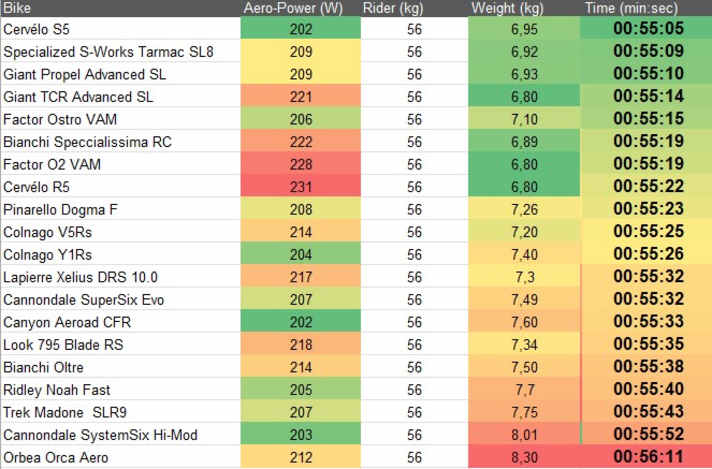
The table shows the riding times for the final climb. As expected, light bikes are ahead. However, where the differences are small, aerodynamics are again the decisive factor, as aerodynamically relevant speeds are reached in the flatter sections of the climb.
*) The calculations are based on the bikes tested by TOUR in the laboratory and wind tunnel. The machines used in the Tour de France may differ in detail. Of course, we were not yet able to examine last-minute prototypes. Background information on the simulation.
Our expert
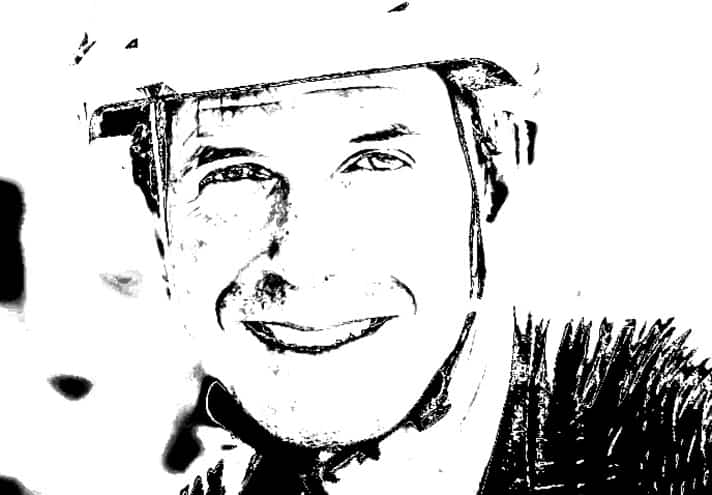
Robert Kühnen studied mechanical engineering, writes for TOUR about technology and training topics and develops testing methods. Robert has been refining the simulation calculations for years, they are also used by professional teams.
